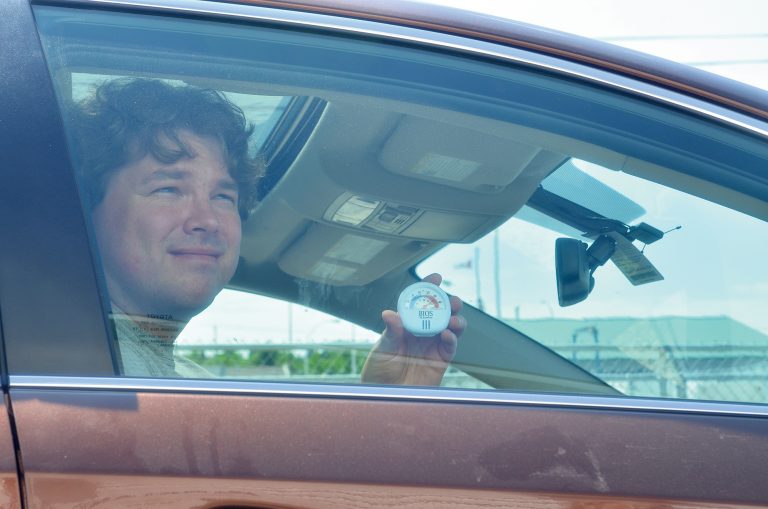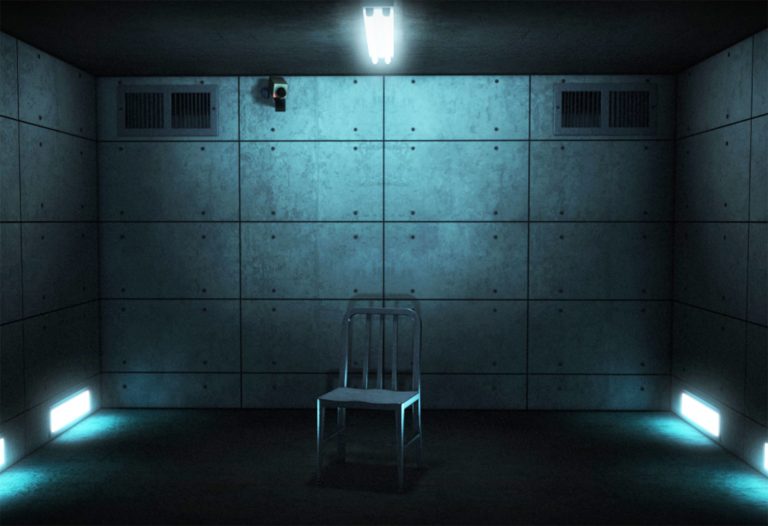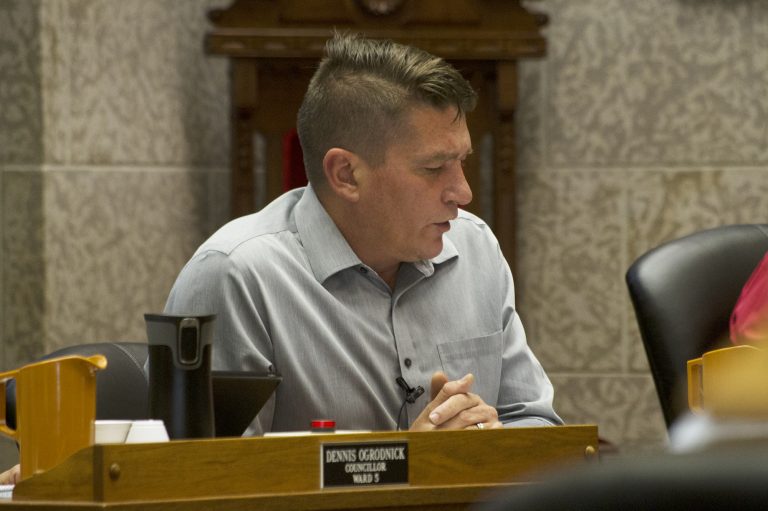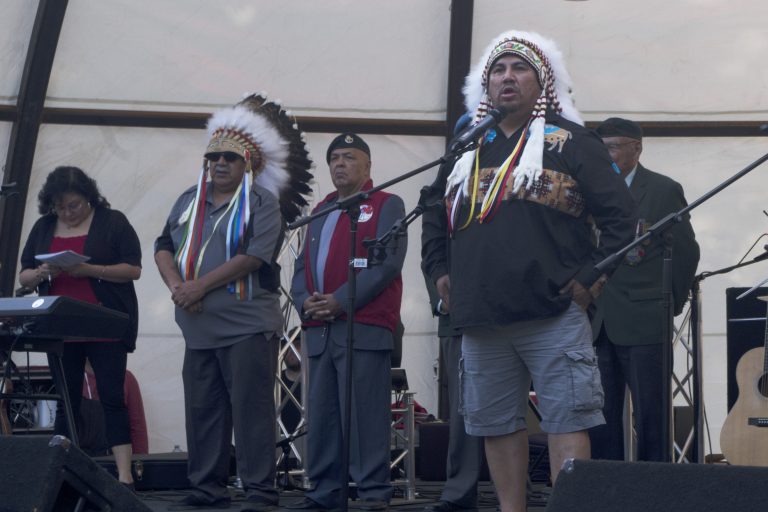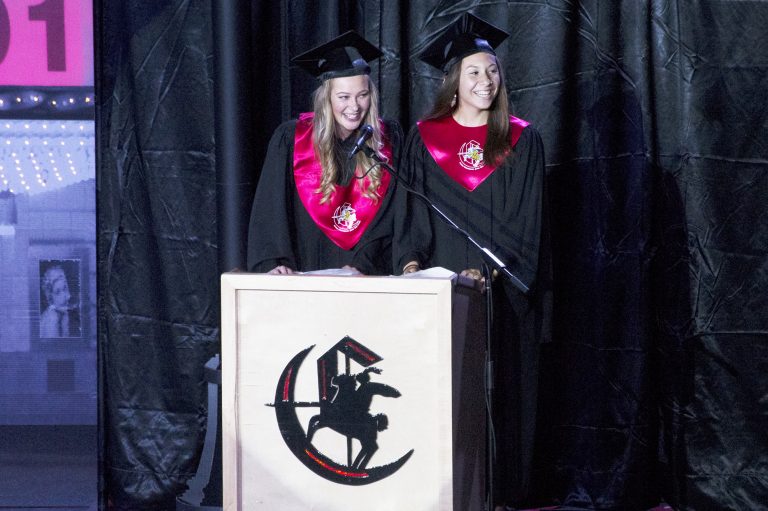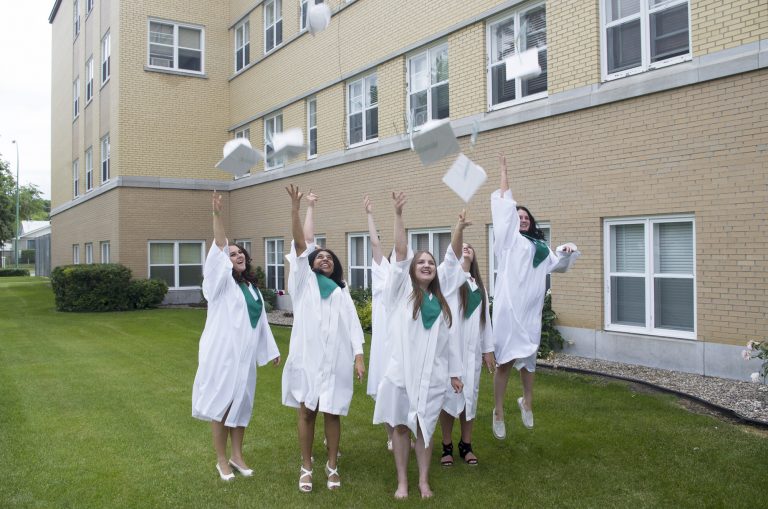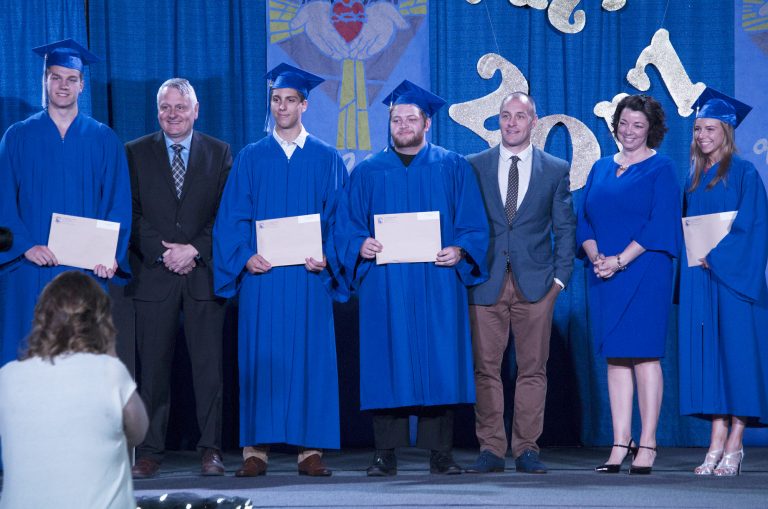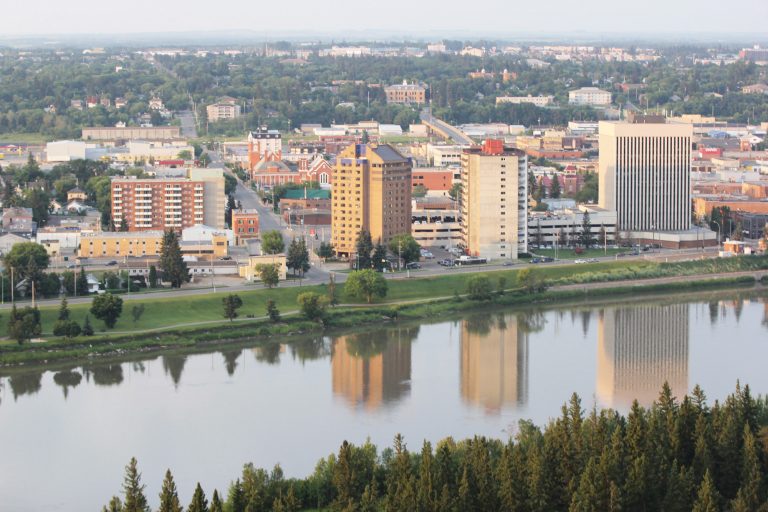Lyle Karasiuk is enjoying this moment way too much.
The Parkland Ambulance Care Ltd. paramedic, and 2013 Prince Albert Citizen-of-the-Year, is moments away from hooking me up to a heart-rate monitor and letting me bake inside a car.
It’s part of a campaign to show residents the effects of leaving pets and small children inside vehicles during the sweltering summer months.
“Going to fry another reporter?” asks another Parkland Ambulance paramedic as we walk by.
“Yup,” Lyle responds cheerfully. Everyone is about to have a lot of fun, except me.
In a few minutes I’ll have four different wires stuck to my chest that will measure everything from blood pressure to oxygen saturation. Then I’ll spend 30 minutes sweating it out in the passenger seat of a car parked in behind Parkland Ambulance’s eastern office.
The noon hour has just started, and the temperature is already sitting at 24 C.
“Remember, this isn’t an endurance test,” Lyle says. “You can leave at any time.”
It’s hard to find statistics on just how often pets or small children are left inside cars as the temperature rises, but not impossible.
In the United States, the advocacy group Kids and Cars began tracking non-crash fatalities for youth under the age of 14 in 1994. According to their count, 810 children have died of heatstroke since that time, including 39 in 2016. However, a note on the organization’s website says the data may “vastly underestimate” the true number.
A 2015 report from the National Highway Traffic Safety Administration attempted to get a further handle on the total. They estimated that roughly half of non-crash child fatalities were caused by either heatstroke or hypothermia. However, they also admitted the number may not be accurate due to how such fatalities are listed on death certificates.
In Canada, adults who leave children in hot cars can be charged with child abandonment. One such case occurred in Prince Albert three years ago, when police charged a man who left a child in a car parked in a pub parking lot on an above 20 C day. The child was rescued without serious injury after a passing bystander called 911.
“Most parents honestly don’t intentionally leave their kids there,” Lyle says during an interview afterwards. “That’s not their intention, but they stop and they need to run in (to a store). Maybe they need some milk, maybe something for lunch tomorrow, and they run into somebody … or they get distracted by a display. All of a sudden, 20 minutes goes by and the poor kid’s still sitting out there.”
So what’s it like being stuck in a sweltering car? Well, imagine a sauna, except you can’t leave.
The temperature starts to rise within seconds of getting inside, and by the 12-minute mark the tiny interior thermometer shows 40 C. It would stay there for the rest of demonstration.
Lyle keeps up a running commentary the whole time. Every so often my blood pressure drops and my heart rate shoots up, which he says is my body’s attempt at compensating for the loss of fluid.
By the 15-minute mark it looks like I’ve spent two hours at the gym. My face is beet red and the perspiration is soaking through my shirt and pouring off my body. There are actually beads of sweat forming on my arms, and they aren’t small either.
However, that’s not what concerns Lyle. He asks me if I’m getting dizzy or nauseous. We’re not joking as much any more.
“It doesn’t take long for those cars to reach dangerously high temperatures,” he says afterwards.
After almost 30 minutes inside this car, Lyle asks me to get out my phone to try tweeting or texting.
At this point my hands are shaking slightly, making an already difficult task (I’m using my left hand, not my right) almost impossible. Lyle says it’s a sign of exhaustion. My body is starting to give out, so we pull the plug.
“Thirty minutes was, I think, a pretty good time frame,” he says afterwards. “That was the max amount of time for you. We could already start to see that things aren’t right in there.”
Parkland Ambulance paramedic Tracey Detillieux is on-hand with a cold glass of water and a towel so I can wipe the sweat away. After getting settled inside the air-conditioned crew quarters she tests my blood sugar levels.
“It gives us some direction,” Detillieux explains later. “Are you shaking and uncoordinated because of your blood sugar, or is it because of the heat? That gives us a direction in treatment.”
The test reveals my blood sugar levels are normal. It’s definitely the heat.
Children and pets are the biggest concern for Parkland Ambulance, mostly because they can’t open car doors or role down windows. They also can’t just get out and leave.
However, they’re not the only people at risk.
Seniors in houses and apartments are actually the most affected when it comes to heat stroke, largely because as we get older, our bodies struggle to properly dissipate heat.
Lyle suggests seniors run fans, take cold baths and if necessary and possible, leave their homes for air-conditioned public areas. He also encourages residents to check on their neighbours as temperatures start to soar.
When it comes to kids, he suggests parents or family members simply leave them home, if possible. Leaving a phone with them is also an option, not because the child can use it, but because it serves as a helpful reminder that there is someone waiting for you in the car.
As for me, I won’t get to leave for another 30 minutes. I’m not particularly dizzy or nauseous, but the paramedics want to make sure I stop shaking before I try and drive back to work.
“This is highly unusual, for us to do something in this fashion,” Lyle tells me as we start our interview. “We want to be sure we do this in a safe manner.”

